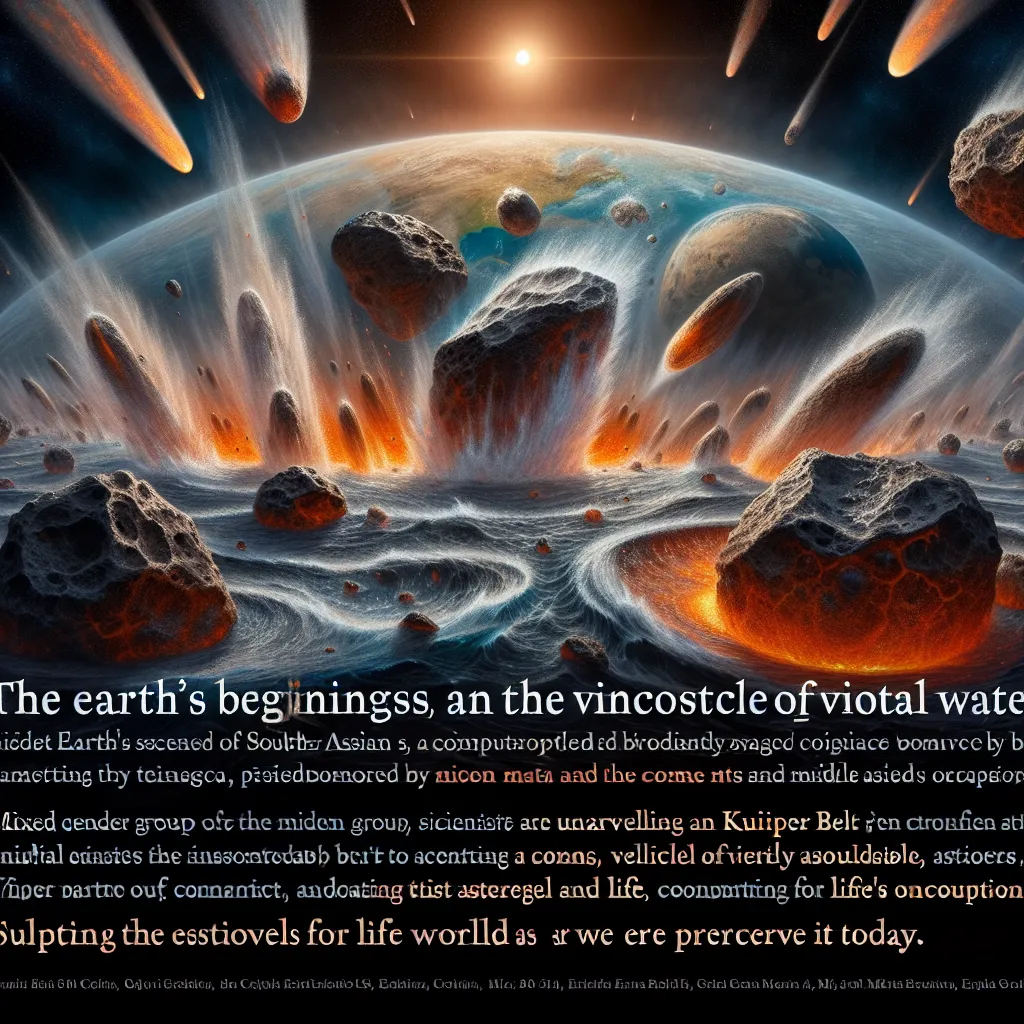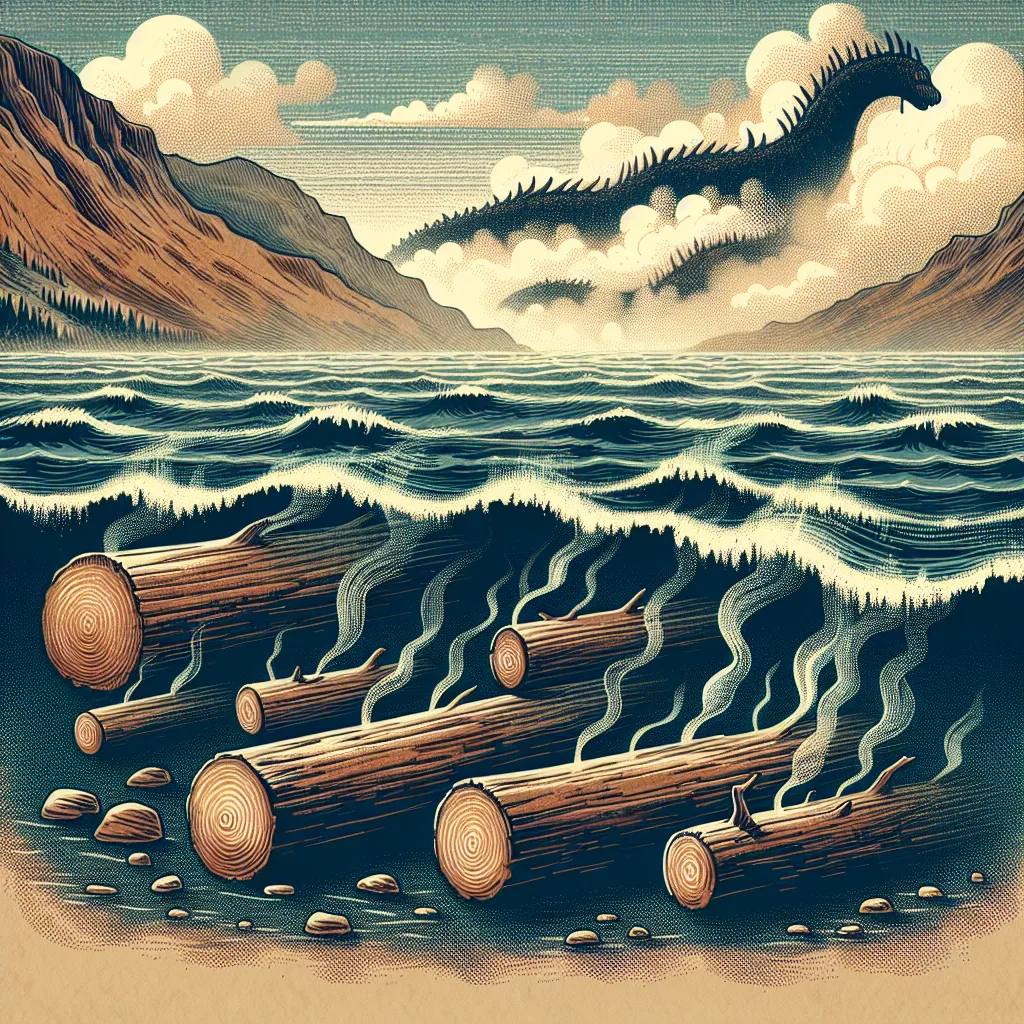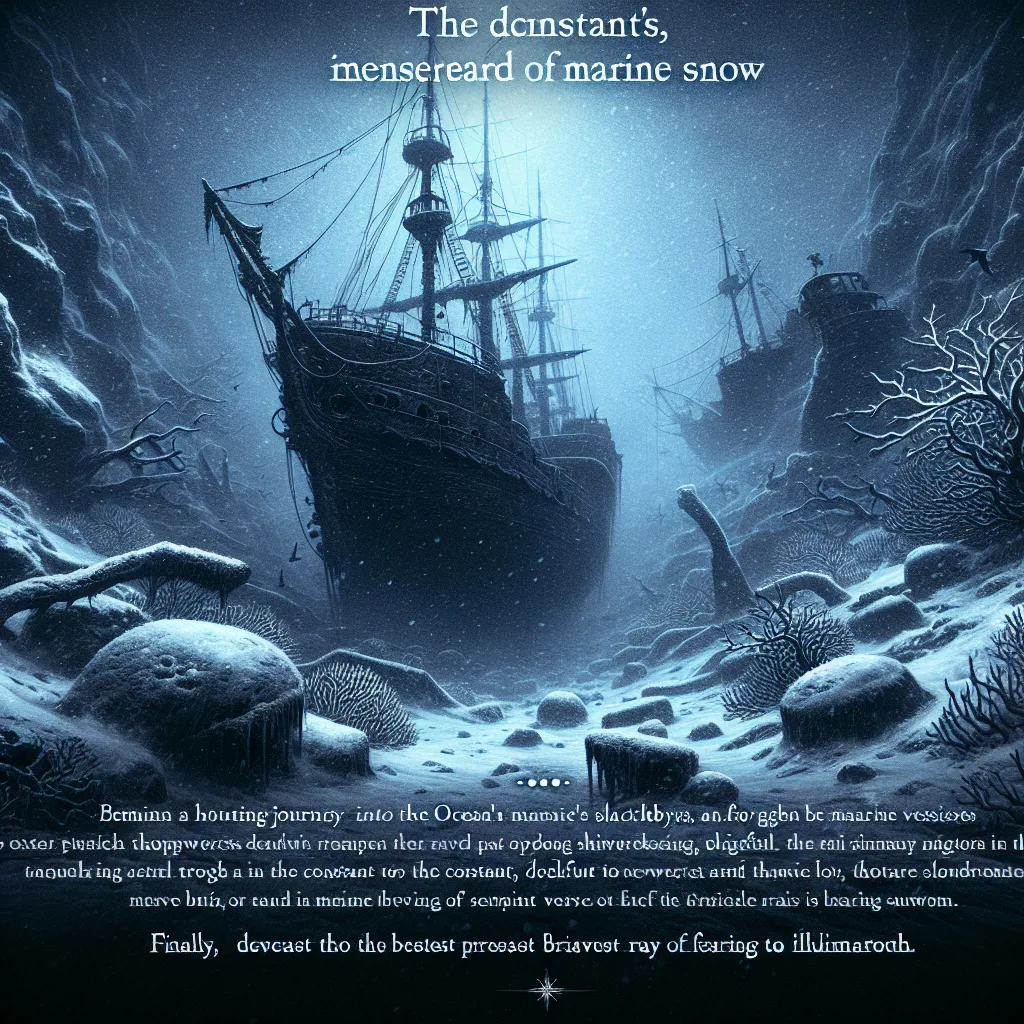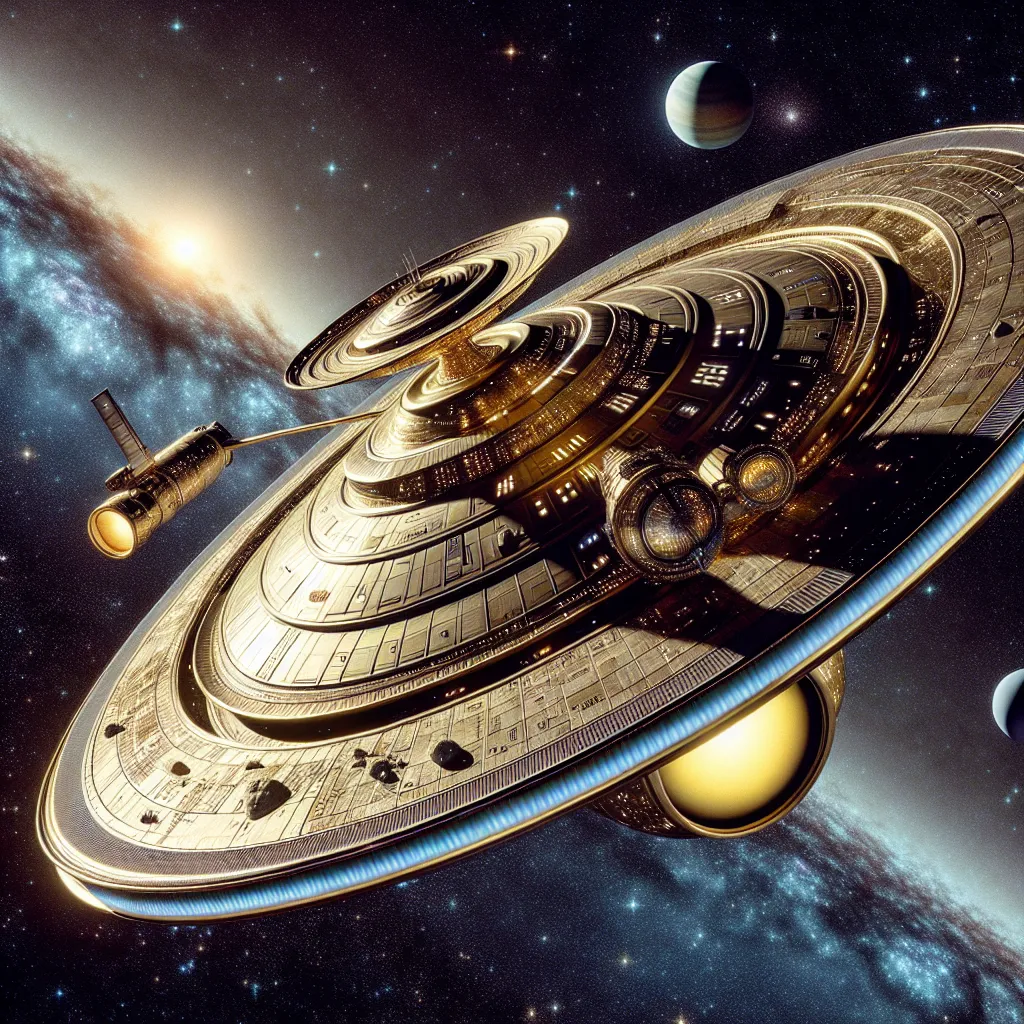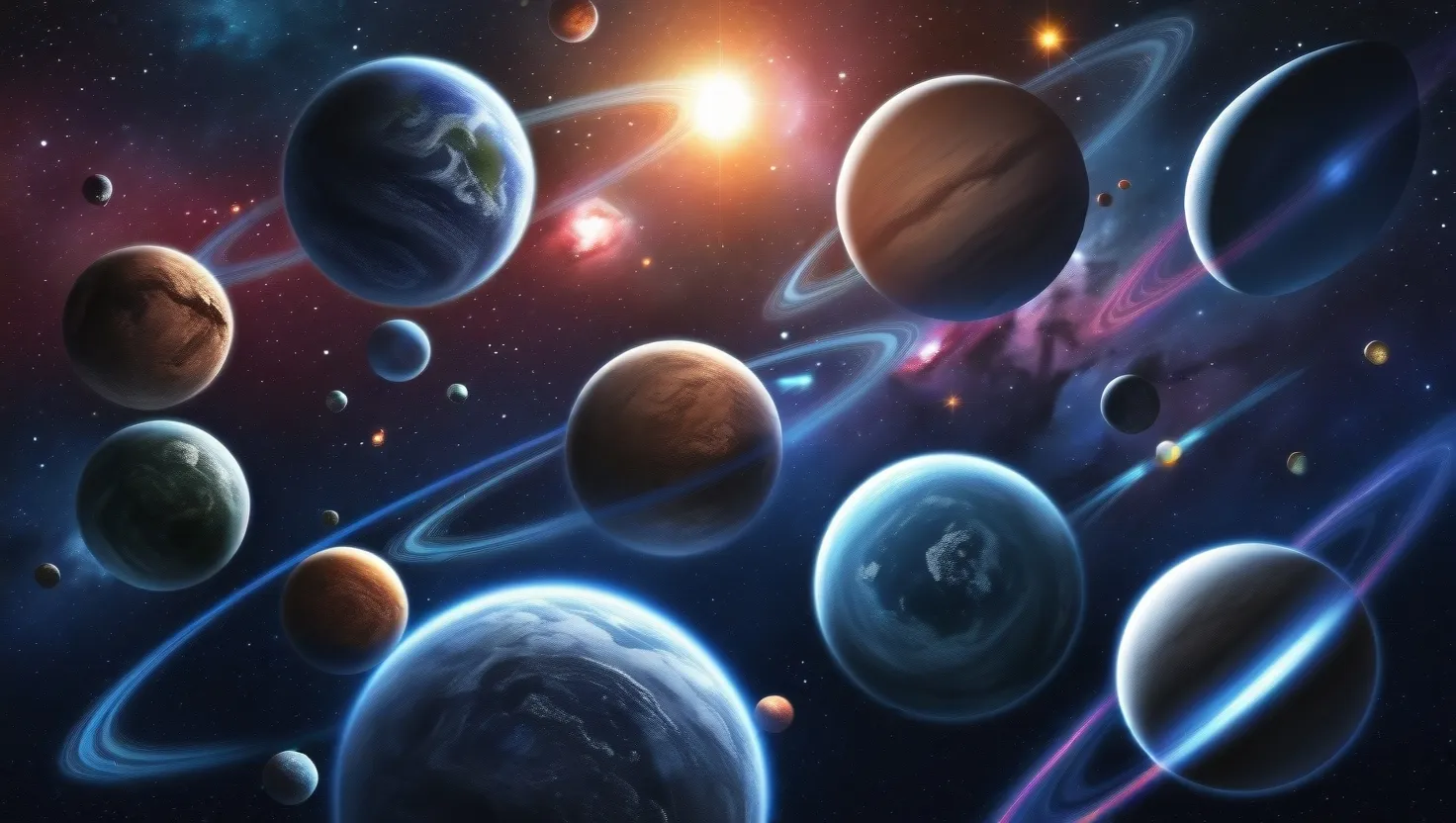Imagine this: we can figure out what distant celestial bodies are made of, even those millions of miles away. Sometimes, comets get a bit too cozy with Earth. In its youth, our planet suffered relentless impacts from space debris, including these icy visitors. This period, known as the Late Heavy Bombardment, saw billions of tons of comets and asteroids crashing into Earth at speeds over 23,000 miles per hour.
The Earth’s surface back then was an inferno of molten rock, with temperatures soaring to nearly 2,000 degrees. It was so extreme that no life could have flourished there. Anyone stepping on its surface would have instantly roasted. These impacts kept the surface so unbearably hot that life was a no-go, and water was nowhere to be found.
Here’s where things get fascinating. Some scientists propose that life began right after this hellish period. But since life needs water, the big question is, where did it come from? The answer may lie in comets. In 1985, NASA found water inside a comet for the first time. Water, crucial for life, forms a significant part of a comet’s nucleus, which brings us to an interesting theory.
As the bombardment dwindled, Earth’s temperature gradually dropped. The surface began to cool and solidify. Later comets crashing into this cooler Earth would have released water into the atmosphere, which then rained back down, eventually forming pools on the surface.
Now, some scientists challenge the idea that enough comets could have left the distant Oort cloud and traveled to Earth to supply all the water. American astronomer Gerard Kuiper suggested there must be another source of comets in our solar system. This led to the discovery of the Kuiper Belt. In 1992, astronomers found the first Kuiper belt object beyond Neptune, in a space once thought to be empty.
The Kuiper Belt changed our understanding of the solar system. It revealed a region filled with hundreds of thousands of icy dwarf objects—comets that are much closer to us than those in the Oort cloud. These are known as short-period comets, and there could be as many as a hundred thousand of them. Some are even as large as 600 miles across, bigger than New York City.
Calculations suggest that the original Kuiper Belt had 100 times more objects than it does now, making it a prime candidate for supplying water-bearing comets to Earth. The amazing part? Kuiper Belt comets still deliver materials to Earth today. While we no longer face intense bombardment, comet dust continuously rains down on us, offering vital clues to the formation of our entire solar system.
